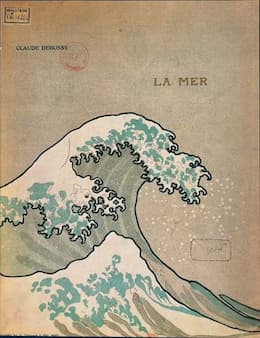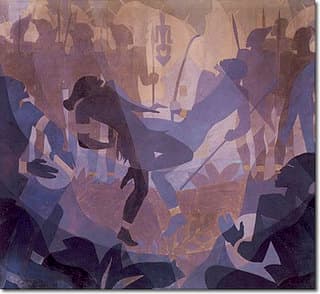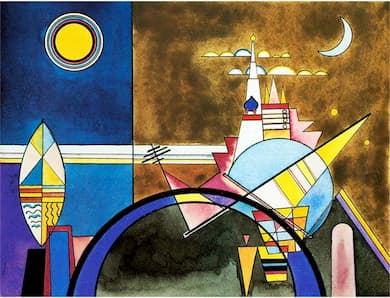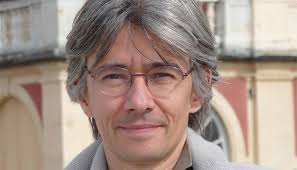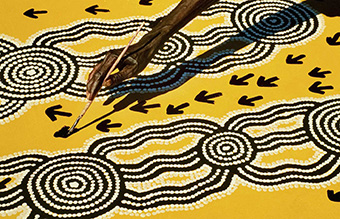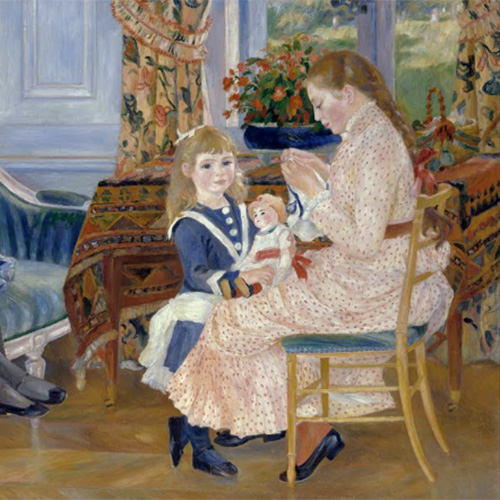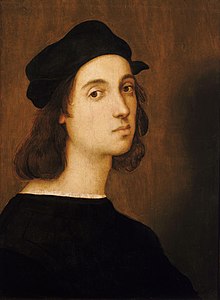Music is, to many people, very abstract. It is the only form of art that is a language of its own, and oftentimes it is difficult for the common listener to understand the true message of the composer without a
Painting
Aaron Douglas (1899-1979), was a leading painter in the Harlem Renaissance. In 1934, he created a 4-panel mural for the 135th Street branch of the New York Public Library. This branch later became NYPL’s Schomburg Center for Research in Black
At what must be regarded as one of the most well-known painting exhibitions in music, Modest Mussorgsky’s 1874 piano work Pictures at an Exhibition takes the listener around a gallery of his late friend Viktor Hartmann’s paintings. Hartman died in
Éric Montalbetti started to make his music public in 2015, following 20 years at the Philharmonic Orchestra of France as Artistic Director. He had started composing at the age of 11 and did his studies at IRCAM and the Collège
How I find a musical voice from artworks Music in all its varied forms is the most accessible and affordable form of art we have today. The popularity of music as a recreational and active form of art participation for
The German symbolist artist Max Klinger (1857-1920) took inspiration from Brahms to create his Brahmsphantasie, a book of music and images that took Brahms’ music to a level never before seen. In his Brahmsphantasie, Klinger divided the work into 3
Auguste Renoir (1841–1919) started his career as a porcelain painter. However, the young man had clearly grander ambitions, and he soon found himself in the company of the academic artist Charles Gleyre, Claude Monet, Frédéric Bazille, and Alfred Sisley. The
500 years ago, on 6 April 1520, one of the greatest painters and architects of the High Renaissance died suddenly at the age of 37. Raffaello Santi, better known simply as Raphael, hailed from the Italian town of Urbino, a

